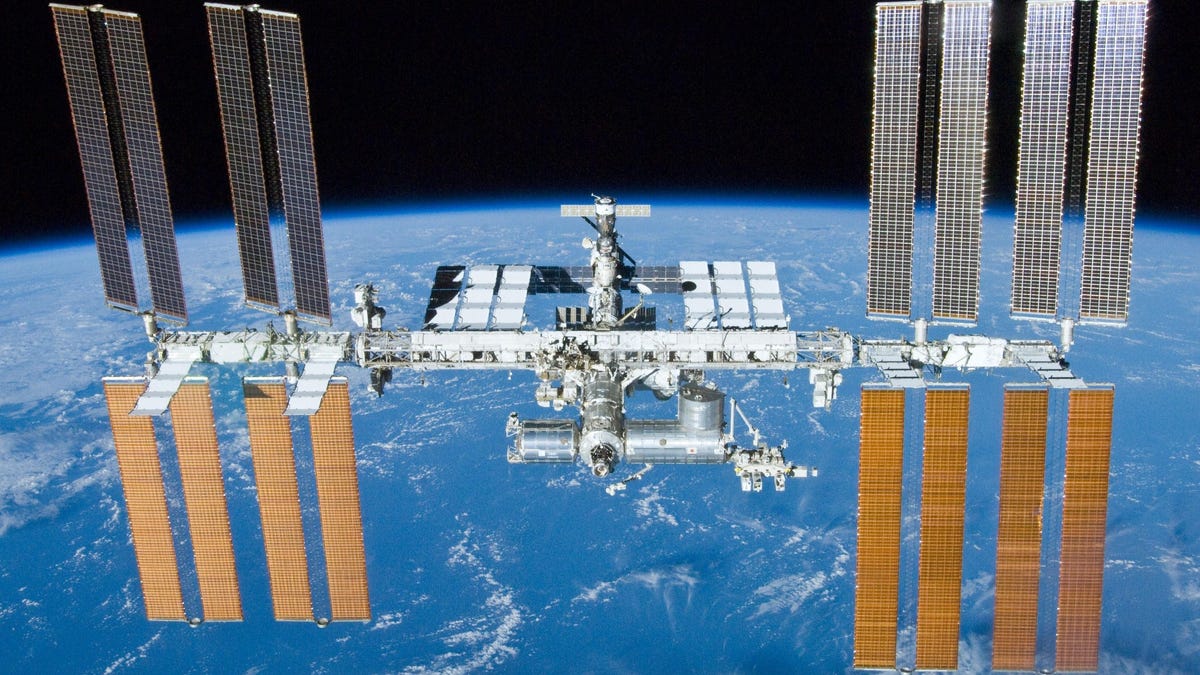NASA finally tracks down air leak on ISS, but it's not fixed yet
Houston, we have a leak location.
A longstanding space mystery is almost solved. NASA and the ISS crew have been bothered by an air leak first noticed in late 2019. The leak seemed to pick up the pace recently, sending NASA on a hunt to track it down. A new round of tests has finally narrowed down the location.
NASA astronaut Chris Cassidy and Roscosmos cosmonauts Anatoly Ivanishin and Ivan Vagner have conducted a series of tests that involved closing hatches around the station so NASA could monitor the air pressure in each section. Their latest efforts led NASA to the main work area of the Zvezda Service Module.
The Russian-built Zvezda Service Module contains living quarters along with life support, communications and propulsion systems. "Additional work is underway to precisely locate the source of the leak," NASA said in a statement on Tuesday.
The space agency emphasized that the leak poses no immediate danger to the crew.
Flight controllers woke up the astronaut and cosmonauts late on Monday night to have them troubleshoot the leak "that appeared to grow in size." The crew used an ultrasound leak detector to collect data for analysis.
The leak may be more consistent than it first appeared. "The size of the leak identified overnight has since been attributed to a temporary temperature change aboard the station with the overall rate of leak remaining unchanged," NASA said.
The crew is back to regular activities, which includes getting ready for a busy October on the ISS. The station will be expecting a new cargo delivery as well as a fresh crew of astronauts and cosmonauts. SpaceX is also scheduled to launch its first operational Crew Dragon mission to the ISS in late October.
Isolating the leak to a particular service module is a big step. Once the exact location is found, NASA can look into repair options and perhaps finally put an end to a long, leaky saga.


